Building A Battery Backup Power System
Building A Battery Backup Power System
After the recent power outage I had decided I would not procrastinate building my Battery backup system any longer. I had the money set aside for it for weeks but kept putting it off. While the power outage didn’t last very long it was the kick in the ass I needed. The truth is that it will take longer write this article than it did to put together the system. Like I do with most things I do I tried to find the sweet spot of cheap, easy and most bang for your buck. Lets get down to building a Battery Backup!
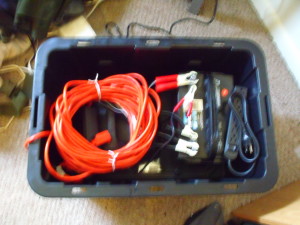
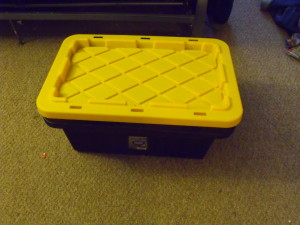
The Supplies
For the Battery Backup supplies I bought everything from the Walmart down the street from me. I have my issue where I like to buy things locally, you could probably source these items off the internet and save a few bucks. I would highly recommend going over to Battery 1234 get the videos and listen to the podcast that Steven Harris did on The Survival Podcast. These are the Battery Backup items I chose based on his recommendations, local availability and the my power needs.
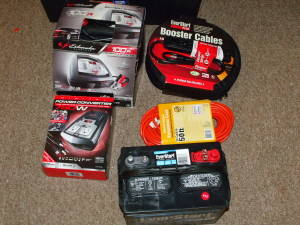
- Everstart 92 Marine battery
- Schumacher 100 amp battery charger/ maintainer
- Schumacher 750 watt power inverter
- A fifty Foot extension cord
- A power strip
- 25 foot long jumper cables
- A plastic storage box to house it all.
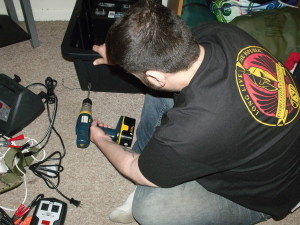
Putting it Together
This took no time at all to build my Battery Backup. First I found an empty corner of the my living room with an unused power outlet. I drilled two holes in the box, probably add a third hole to a second extension cord. Put the battery in the box in the opposite side that you drilled the holes. The charger in the other side with the power cord going out one of the holes, clamp the charger onto the big poles on the battery, making sure that you match polarity. Next add the power inverter, clamp the inverter onto the little poles on the battery. Run the male end of the extension cord through the second hole in the box and plug into the inverter. I rolled up the rest of the cord and then set it into the box. That’s the whole process put your lid on and forget it until you need it. I tested the Battery Backup to make sure that it worked. I plugged in a fan and it ran perfectly.
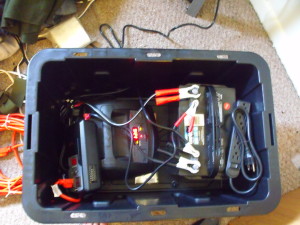
Final Thoughts
The only two things in the Battery Backup I debated about were the battery. I thought about getting two batteries. The inverter I also struggled with. I decided that I only needed one battery for my power needs. I mostly want to run some lights, and charge my phone and laptop. Maybe run the tv for a little bit and run the fridge for an hour at a time to keep it going. Next was the inverter, I was really looking for an 800 watt and they only carried 750 watt ones. I’m not sure how well it will preform until I have a chance to really use it. (Future Edit. I now only have a mini fridge in my tiny house. So This system can easily power the mini fridge. ) The long jumper cables I got were to recharge the battery during a long power outage using my car. Since I’m in an apartment using a generator is not really an option. The battery is quiet and unnoticeable. This Battery Backup system will work for me and my small energy needs you will need to research and build the system to met your needs.
What do you do for backup power? Batteries, Gennie, Solar? Let me know in the comments!
Today’s article brought to you by the great folks over at Survivalgearbags.com home to all your Bug out bag and tactical needs. Help support Survivalpunk by supporting the great folks at Survival Gear bags.
15 Replies to “Building A Battery Backup Power System”
Comments are closed.





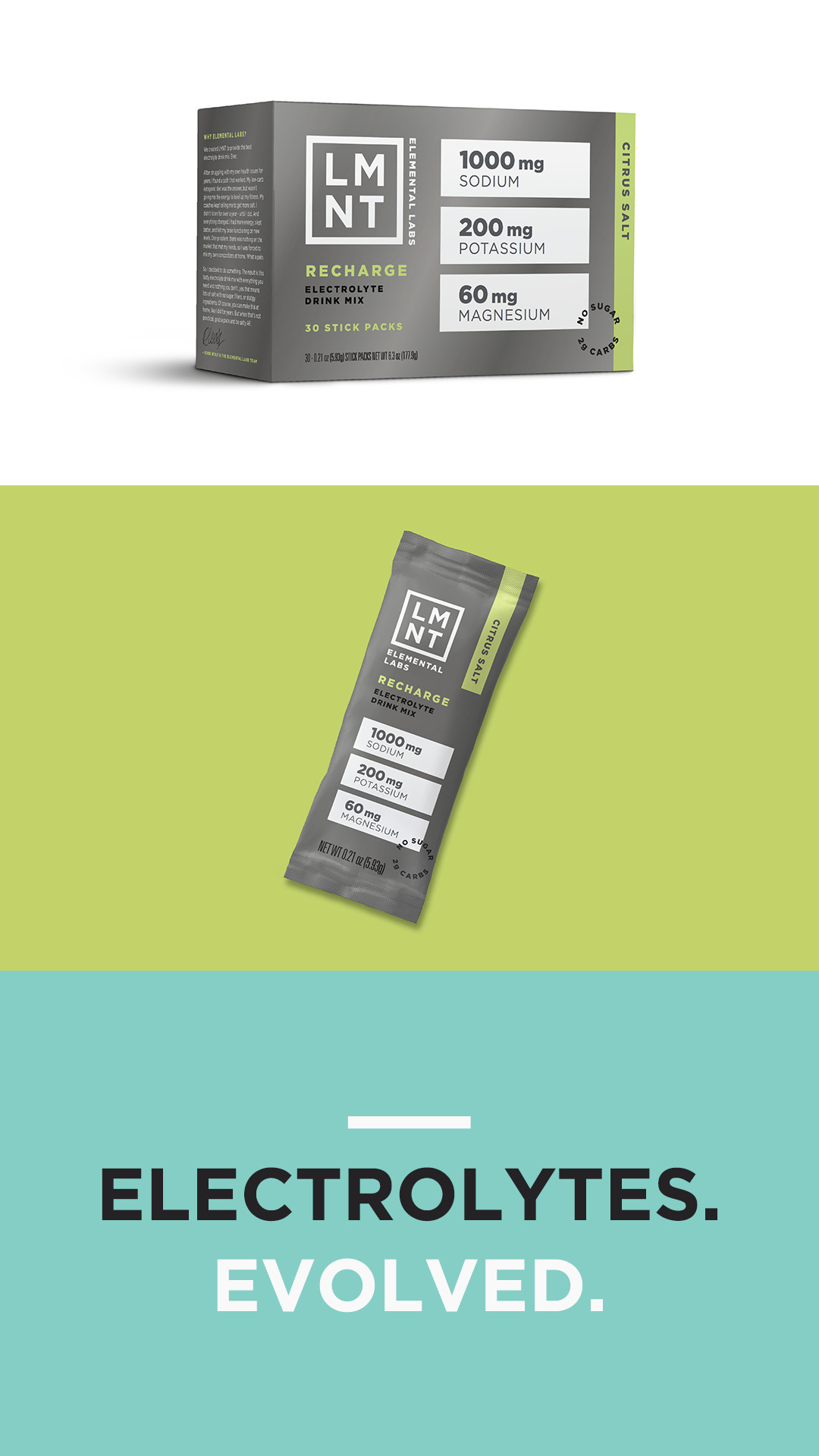













Sweet setup………
The nonly thing i would suggest is to stop at a goodwill store and pick up a used luggage/ suitcase carrier and mount your whole assembly right on the carrier….. you will now be mobile. you can even mount the small solar panel to the handles on the luggage carrier as well.
This is something i have wanted to do as well and you have provided me the kick in the ass to get’r done as well.
I have a Honda generator that will supply my emergency needs… however, there are times when ‘Run silent’ is a real advantage… those genny’s make a lot of noise that can be heard for miles and they use a lot of fuel. I got my gen set when I was without power for 10 days after the 2004 hurricane season when i lived on east coast of Florida.
i see many advantages to going with a ‘silent’ solar genset as you have done…. well done! and timely.
James, inverters/chargers is part of what I do at my non-Walmart job. Pretty good set-up. You can look at other options such as an inverter/charger combination and an AGM (absorbed glass-mat) battery. The battery is sealed and won’t gas or vent fumes.
You need to try this if you expect the fridge to work. The start up draw will too great on a fridge for a 750W inverter.
next get the small remington electric limbing chain saw. it WILL run off this system. rather nicely in fact.
and remember the whole thing can recharge off a running car as well.
Steve Harris suggested that you need at least 800W to handle the start up power surge for a fridge on one of his podcasts. I found a 2KW inverter at Harbor Freight for $120, warranty included. That will be the center of my battery generation system. Remember that the top number of most inverters is the surge value, not normal running power values.
I simply went to Sears and purchased one of their top-of-the-line “hot shot” battery jump-starter units.
First, it has a nice carry handle and ergonomics.
Second, it has built-in jumper cables.
Third, it has build-in cigarette lighter jacks/ports (multiple) for all of your 12v needs.
Fourth, it has a built-in 400-watt power inverter plus 100v ports.
Fifth, it has built-in USB ports, too!!! (For recharging your cell phones and such.)
Sixth, it has a built-in air compressor and tire gauge for filling-up bike/car tires and inflatable air mattresses.
Seventh, it not only has an included 110v wall charger, but also a 12v reverse charger for the car (e.g. recharge it via your car’s cigarette lighter while driving.)
Honorable Mentions: It also has a built-in digital gauge to tell you percent of charge remaining; and a built-in light — so you can see what your are applying it to — even in the dark.
All this, turn-key, for only $149. Most decent deep-cycle marine batteries cost almost that much!
Peace.
Very well thought through. I wonder how it works in practice? Have you had the chance to try it?
Steven Harris specifically suggested against these all in one jump packs. You may want to listen again for the specifics so you know what holes you may have in your plan. Not trying to criticize, just want you to be informed before the disaster.
A few thoughts (I manage a large fleet of generators).
Don’t leave it in the closet. Wet cell batteries self discharge fairly quickly and need to be charged/maintained on a regular basis or they will sulfate. If you want to leave it for longer periods recommend you purchase an AGM battery. The Optima and Odyssey have the lowest self discharge rates (due to plate material and construction) and thus will have the longest shelf life between required charges, up to 6 months. Other AGMs will still be better than wet cells. They should also last longer than a wetcell and can be charged inside if not overcharged.
Don’t count on a single battery running your frig very long, or a 750W inverter starting your frig. A refrigerator looks like a dead short when the compressor turns on and can for a short period consume 4 times the running wattage. Batteries have optimal discharge rates. Higher the discharge rate, lower the effective capacity. Battery life drops too. Even if your frig only uses 400W to run, this would be a 38 Amp drain on the battery.
Honda and Yamaha make small approximately 1 kW generators that are quiet enough you could run them on an apartment porch. Handy for recharging your battery and more likely to power your refrigerator. They will stretch your fuel supply too. They are pricey though.
Be careful with your inverter too. Most of the lower cost inverters put out a modified sine wave, which on an oscilloscope looks more like a square wave. If your refrigerator is newer and has fancy electronics this modified sine wave could damage the circuit boards. My pellot stove has a warning to use pure sine waver inverters or internal controls could be damaged. I found a 1000 W sine wave inverter for less than $300.
If you want to maximize your available battery energy, recommend you purchase 12 VDC LED lights. You can find bulbs on amazon. Your inverter probably wastes 10% of the energy it pulls from the battery. The lights can be run directly from the battery.
I purchased a couple solar panels and a charge controller to charge my battery. I’m looking for a good local source to purchase Optima batteries from. I’m looking for 2-4 batteries (FIOS needs power to operate, + lights and a laptop or tablet.)
Great job! I’ve been meaning to get off of my ass and build a battery back-up since I listened to Steve Harris on The Survival Podcast.
I was able to get a 6500 watt Home Depot Special the day before Superstorm Sandy hit. It kept us going for the 8 days we were without power. I’d like to build a bigger (4 Golf Cart) battery back up to run the fridge on the overnight as I had some trouble keeping it cool. The other reason is for security, there were some genny thefts during Irene and Sandy and I just feel better locking it up every night.
Thanks for the cool post,
Mike
Be careful storing the battery in proximity to the charger and/or inverter. The battery will give off corrosive gasses which will destroy the charger and inverter.
I really like this project. It’s inspiring. Three years ago I soldered together a solar panel following a blog by a guy named Robert who has a website called solar tech town. I attached it to a car battery and it still works, but it cost too much to make, and I never really had the time or money to push it to the next level like I had planned. I think I might copy your idea and try to get back into small scale electrical generation and backup projects.
What you wrote made a ton of sense. However, think about this, suppose you
were to write a killer headline? I ain’t saying your content is not good., however suppose you added something
to possibly grab folk’s attention? I mean Building A Battery
Backup Power System | Survival Punk is a little boring. You ought to look
at Yahoo’s home page and watch how they create news headlines
to grab people to open the links. You might add a video or a related picture or two to get people interested about everything’ve written.
In my opinion, it would make your posts a little bit more interesting.
Lead acid batteries do not like to be uncharged, a float charger is necessary for long life. Also, only 50 percent of your amp hours are availble thanks to the pierkert(sp) effect.
Another factor is the plates are 2 dimensionale. Requiring an ion to “hang our” until it can find a hole to drop into. For long life, do not discharge faster than .1 percent, 110 amp hour = 11 amps usable for 5 hours,
A fridge requiring 800 watts / 12 volts = 67 amps (P = amps × volts)
It would give you a little over an hour but shorten the life span.
a car battery has thin plates to deliver amps for the starter but they warp under heavy use. Marine batteries have thicker plates and can deal with amos a little better.
those jump starter set ups use SLA(sealed lead acid) or AGM (absorbed, glass mat) and are not that powerful
I like the honda gens and their knock offs. The noise is only around 60 db
Pretty Sweet setup. Marine battery is definitely the way to go. Thank you for sharing.
Say, are low priced complete units, or DIY kits available? I’d like an esthetic ‘box’ that’s always plugged in; trickle charging. Maybe small washing machine size.
Also though, has anyone built a ‘silencing’ enclosure for gas generators? Maybe including a tall exhaust vent?
Its gonna be a HOT summer and BLACKOUTS are predicted!
Thanks good thinkers.